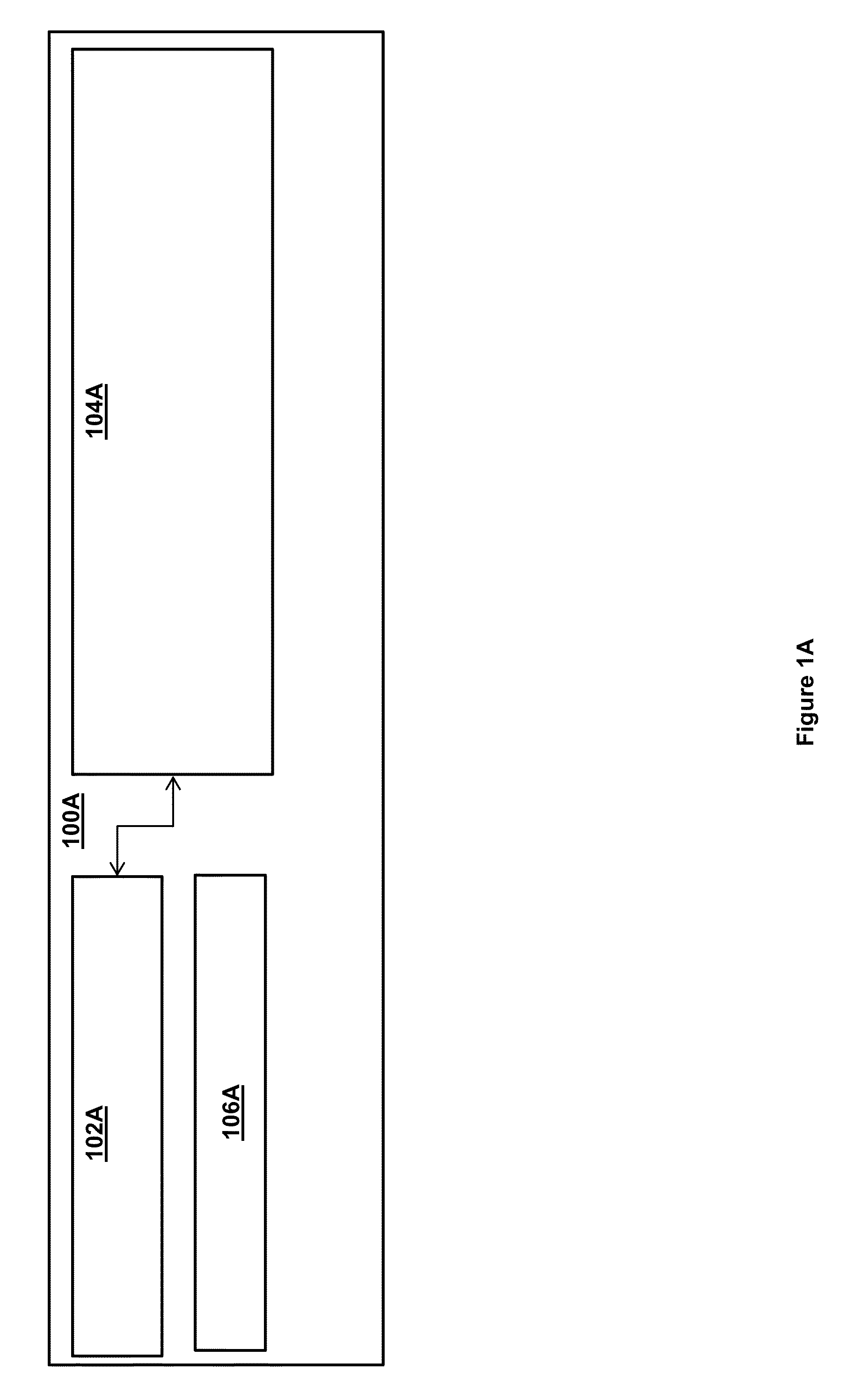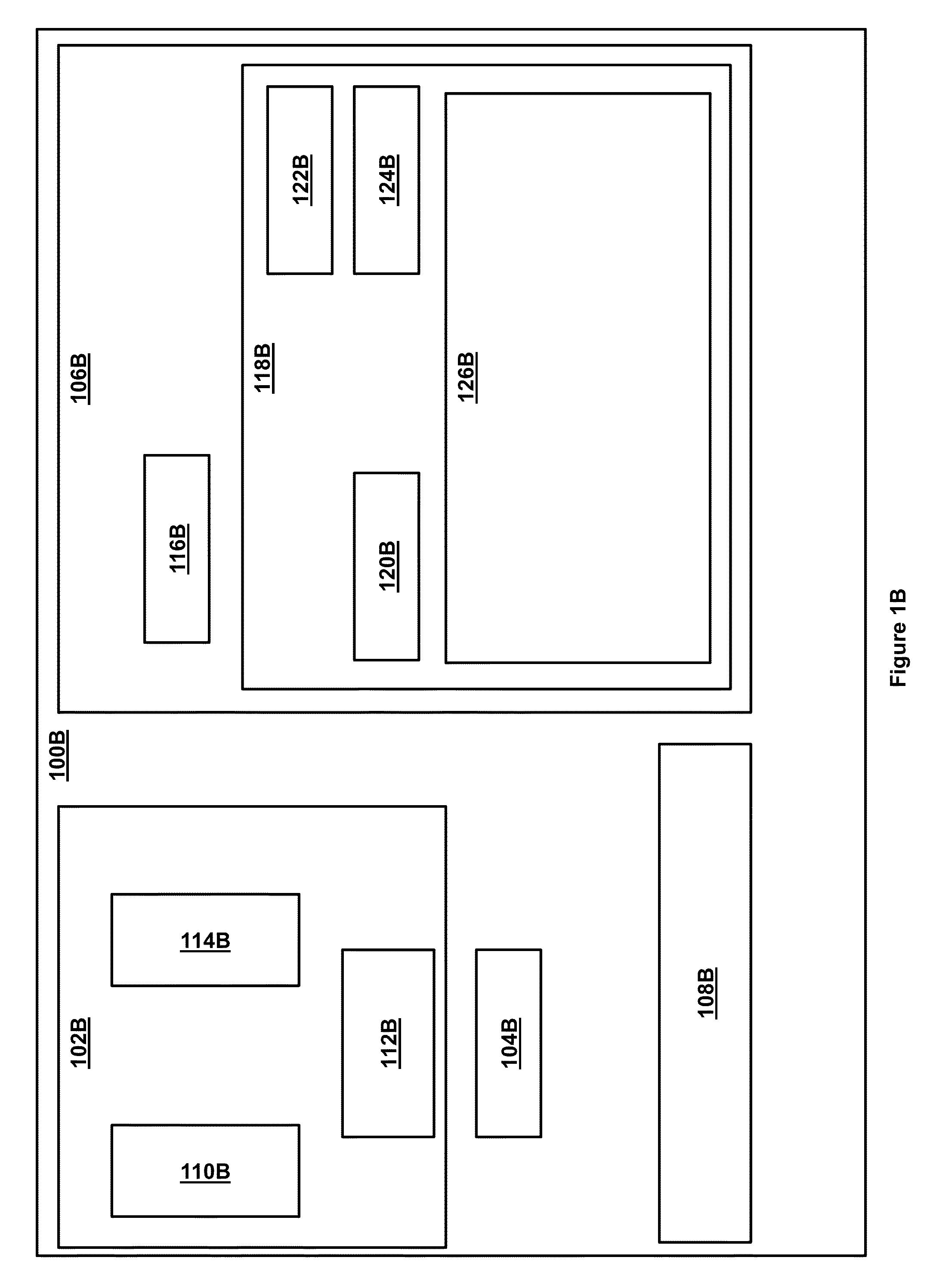Method and system for managing and quantifying sun exposure
a technology of sun exposure and management methods, applied in the field of sun exposure health effects, can solve the problems of accelerating the onset of skin diseases, permanent skin damage, and vitamin d3 dietary supplements may bypass natural mechanisms,
- Summary
- Abstract
- Description
- Claims
- Application Information
AI Technical Summary
Benefits of technology
Problems solved by technology
Method used
Image
Examples
Embodiment Construction
[0101]In some embodiments, a system for managing and quantifying sun exposure and methods therefor are disclosed, in accordance with the principles of the present invention. Specifically, a system for managing and quantifying sun exposure via determination of one or more optimal quantitative and qualitative sun exposure management parameters based on identification, analysis, selection and measurement of one or more skin and related parameters, and recommendation of optimal quantitative and qualitative sun exposure management parameters for the skin both in the pre- and post- (or in-) sun exposure phases, and methods therefor are disclosed. For example, and in no way limiting the scope of the invention, the one or more quantitative sun exposure management parameters may be at least one of an intraday safe level (or amount) of sun exposure, a maximum duration of sun exposure tolerance, a sunscreen Sun Protection Factor (SPF) rating, frequencies of application and reapplication thereo...
PUM
 Login to View More
Login to View More Abstract
Description
Claims
Application Information
 Login to View More
Login to View More - R&D
- Intellectual Property
- Life Sciences
- Materials
- Tech Scout
- Unparalleled Data Quality
- Higher Quality Content
- 60% Fewer Hallucinations
Browse by: Latest US Patents, China's latest patents, Technical Efficacy Thesaurus, Application Domain, Technology Topic, Popular Technical Reports.
© 2025 PatSnap. All rights reserved.Legal|Privacy policy|Modern Slavery Act Transparency Statement|Sitemap|About US| Contact US: help@patsnap.com



